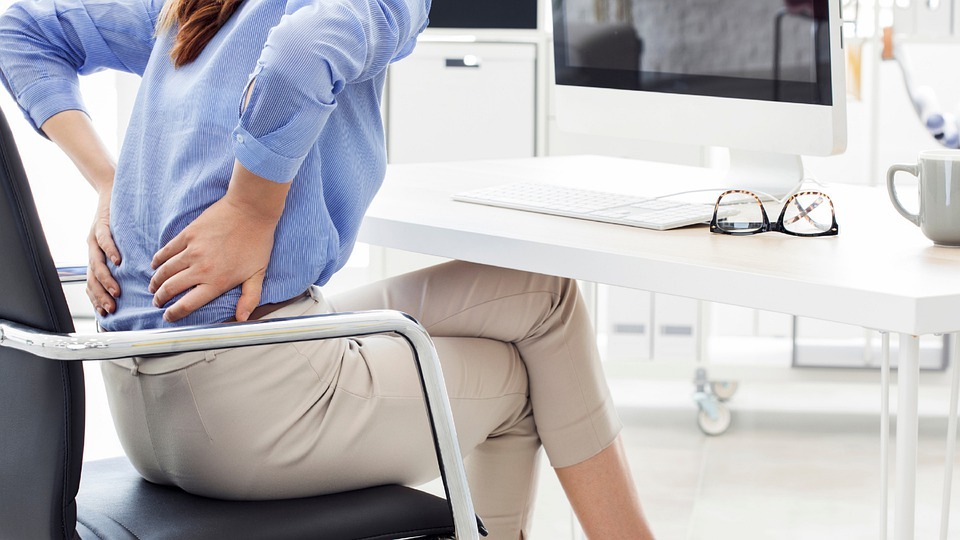Struggling with pain, whether chronic or acute, is a difficult thing to manage. Pain can cause a loss of mobility too, especially back or leg pain. Struggling through day-to-day activities is a common problem with chronic pain, and there are ways to manage it, both medically and naturally. Continue reading to find out how to reduce pain and discomfort to make your life a little easier.
How to reduce pain and discomfort
There are plenty of ways you can reduce your pain and discomfort on a daily basis. Many people go down the medical route, like using pain killing tablets, such as paracetamol and ibuprofen. There are also certain physiotherapy techniques you can use to reduce pain and increase mobility.
However, there are plenty of natural remedies you can try to reduce pain too. Here are 10 ways to reduce pain and discomfort:
- Painkillers
- Gentle exercise
- Breathing exercises
- Distraction
- Counselling
- Physiotherapy
- Hot and cold treatment
- Stretching
- Paingone natural pain relief
- Sleep and relaxation
Painkillers
Lots of people use painkillers as a resolution to their pain and discomfort. Small tablets like paracetamol are popular due to their simplicity and ease of access. For many, it can cure the pain or, at the very least, dull it enough to move comfortably.
Gentle exercise
Exercise is frequently associated with a decrease in arthritic pain of the joints, so gentle exercise can definitely help deal with pain. Take a walk outdoors to loosen up joints and build muscle. This triggers endorphins in the body, which provide natural pain relief.
The amount of exercise you partake in depends entirely on your fitness levels currently. An outdoor walk, a light swim and even tai chi can help with pain.
Breathing exercises
Breathing exercises are used effectively during pregnancy and labour, so can definitely help to reduce chronic or acute pain on a daily basis.
When pain is especially difficult, your breathing can become erratic, producing shallow and rapid breaths. Try to breathe slowly and deeply, focusing on your breathing. This can actually help to numb some pain.
Deep breathing will help to calm your body and leave you feeling a little more relaxed and in control.
Distraction
This may seem like a difficult one to comprehend, but trying to distract yourself from the pain can be a clever way to reduce it. Settling down to read a book, or concentrating on a movie can help to take your mind off the pain for moments, helping to improve your condition.
Do you have any hobbies like knitting, sewing or photography? Diving into an activity can greatly improve your mood and pain levels.
Counselling
Pain on a daily basis can affect your mental health in a bad way, leaving you feeling tired, anxious, depressed, and even angry. However, speaking to a psychologist can greatly help to improve your mental health. This, in turn, can potentially help you to deal with your pain in a more manageable way.
Physiotherapy
Many people turn to, or are referred to, physiotherapy in order to deal with pain and improve mobility that has been restricted because of pain.
Physiotherapy utilises a range of techniques to help you deal with pain, and not only during sessions at a clinic. A physiotherapist will provide you with a set of exercises and stretches you can do in your spare time to help you manage your pain.
They’ll also provide expert advice on lifting and sitting if your pain has been brought on by your work life. For example, you could work on a building site or in a warehouse and have injured yourself by lifting objects incorrectly. Or, you could work in an office setting and have a sore back or wrists from the way you sit or type.
Hot and cold treatment
Warming up aching joints can help to reduce the pain you’ve been feeling. Hot water bottles, hand warmers, and hot baths have all been known to help people deal with their pain. Using the heat on affected areas of pain increases blood flow and distracts the brain from the pain. This also helps to deal with stiff joints.
Similarly, using cold compresses on inflamed joints can decrease the level of pain you’re feeling. When struggling with a headache, a cold towel or compress on your head can reduce the discomfort. Using cold slows down nerve impulses, which interrupts pain signals.
Stretching
Your body is designed for movement and, when you’re in pain you may not be as active as you should be. Getting up off your chair or bed to stretch out your joints and muscles is a great way to keep pain at bay. Gentle stretching can help to maintain mobility and range of motion.
Sleep and relaxation
As good as stretching can be for your body, there’s nothing quite like a good night’s sleep. Relaxing in a hot bath, on your bed or lying on the couch under a blanket with some good TV can really help deal with pain.
Ensuring you get enough sleep at night is the best way for your body to recover and prepare itself for the day ahead.
Paingone natural pain relief
At Paingone, we provide natural, drug-free pain relief for ailments of all kinds. Whether it’s joint pain, muscle pain, back ache, migraine, arthritis, sciatica, tendinitis, or any other painful condition, the Paingone range has a solution for you.
For lower back pain, the Paingone Aegis provides relief using transcutaneous electrical nerve stimulation (TENS). Furthermore, using Paingone Qalm will send migraines or headaches away.
If painkillers aren’t for you, and you’d prefer a more natural route to pain relief, Paingone has the answers you’re seeking. If you’d like to know more about the products we provide, contact us on 0800 953 1666.

